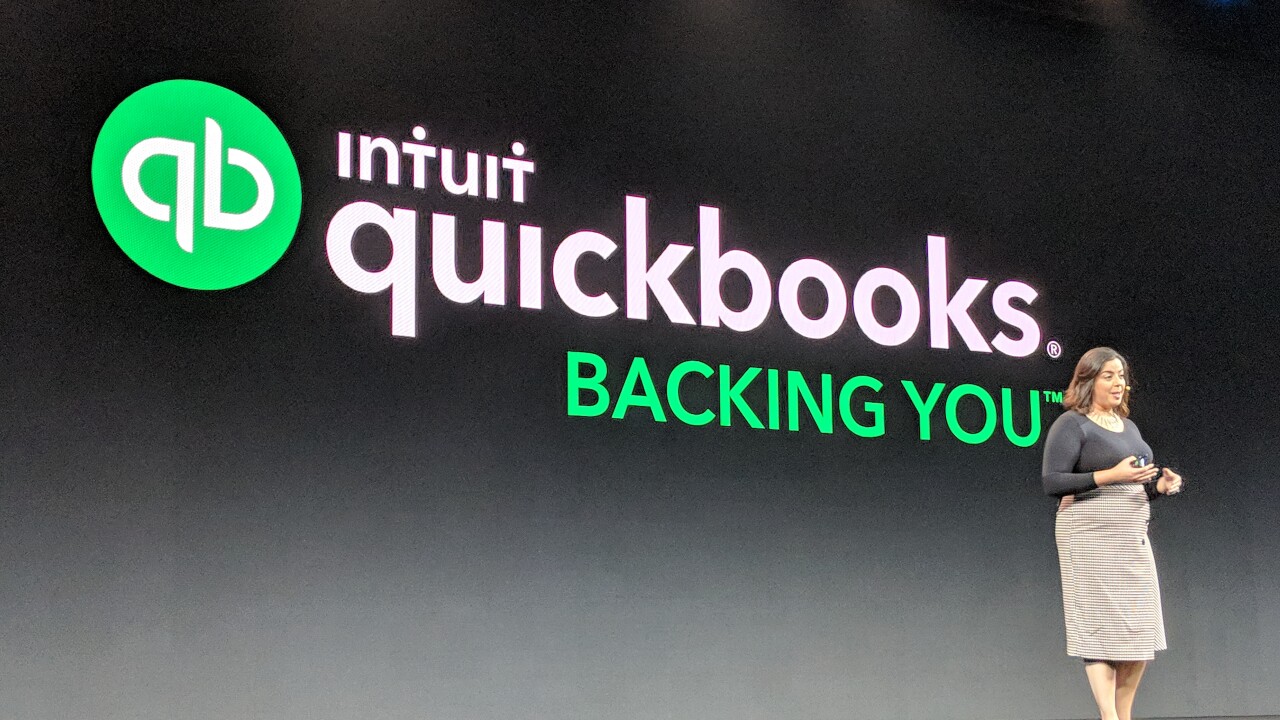IMGCAP(1)]Have you been evaluating firm profitability and how to more effectively price the services you offer? If so, consider changing your pricing method from the standard billable hour to value pricing. Why? Price chases value, and by creating more value, you will be able to “capture more price.”
Before you can change to value pricing, however, you must first understand the relationship between value and what you are selling, according to Jason Blumer, CPA, founder and chief innovation officer of Thriveal, a network of CPAs supporting innovative firm owners.
In a recent
How Can You Increase Total Value?
As Blumer explained, often the client doesn’t know fully what they value—what they want, in other words. Your role is to help them see what else they need, beyond their compliance requirements. You are opening the client’s mind, finding the things they care about, looking for triggers. This way you can increase the value you offer, and the price then just follows the value.
Blumer noted that humans love to affix a value to something, and they desire things that are of value. Pricing is the pathway to increased value as it allows you and your clients to make value judgments on the service you can provide. Austrian economist Frederick Hayek said that “a price is an economic indicator to a consumer and summarizes the intricacies of a vast free market economy.” Blumer expounded on Hayek’s thought to note that “people make decisions as if they have incredible amounts of information about why the price of a good or service is what it is.” This summarizes our free market economy, where prices are based on what people are willing to pay. Prices are not a one-size-fits-all affair, and value pricing provides an opportunity for you to negotiate and get what your services are really worth.
In practical terms, though, Blumer stated that it’s difficult for clients to make a value judgment when no price has been offered upfront. When you bill after the fact for services, you are not allowing room to convey the real value of what you do. As a result, you can miss pricing opportunities. Blumer gave an example in offering new services to clients: “Creating new services for clients is a pricing opportunity for you since the client has no context to compare a new service,” he said.
As Ron Baker noted in the recent Sageworks book, "
The billable hour places a large emphasis on the “activities” you do, but in the long run, creating more value for clients will create the relationships you need to become a firm of trusted advisors and to increase the number of profitable services that you can actually offer (as opposed to running around trying to get as many tax returns as you can). The potential outcomes also include choosing which clients you want to work with as you align and onboard clients that you can scale at higher price points vs. simply billing them for compliance services. As Blumer recommended, remember that pricing looks forward and is a measure of the value provided and an expectation of results. Blumer underscores the simple point that pricing is power.
So how do you implement value pricing with your clients?
Ron Baker suggests that value pricing requires pricing the customer, and not just the service or product. With that in mind, you are intentionally slowing down the sales process to explore the customer’s wants, desires and outcomes (rather than just their needs) in order to sell an expectation of future results. Asking good questions is the cornerstone to the process, according to both Baker and Blumer.
“With billing you would be giving the client a reaction to what has already been done, and failing to have the opportunity to assign a higher price to what they hope to achieve,” Blumer said during the webinar. “So just by asking questions, you get to determine what their dreams are and assign a higher price for helping them to achieve those goals.”
Altogether, Blumer explained, value pricing is not about efforts, hours and activities, but is about customizing an outcome for your client while sharing risk to identify and agree on the real value for your services. The hourly billing method will always be limited in terms of profitability since billing has a ceiling based on how much time you have.
To learn more about value pricing, see Baker’s comments in "
Melinda Crump works in media relations at the financial information company





